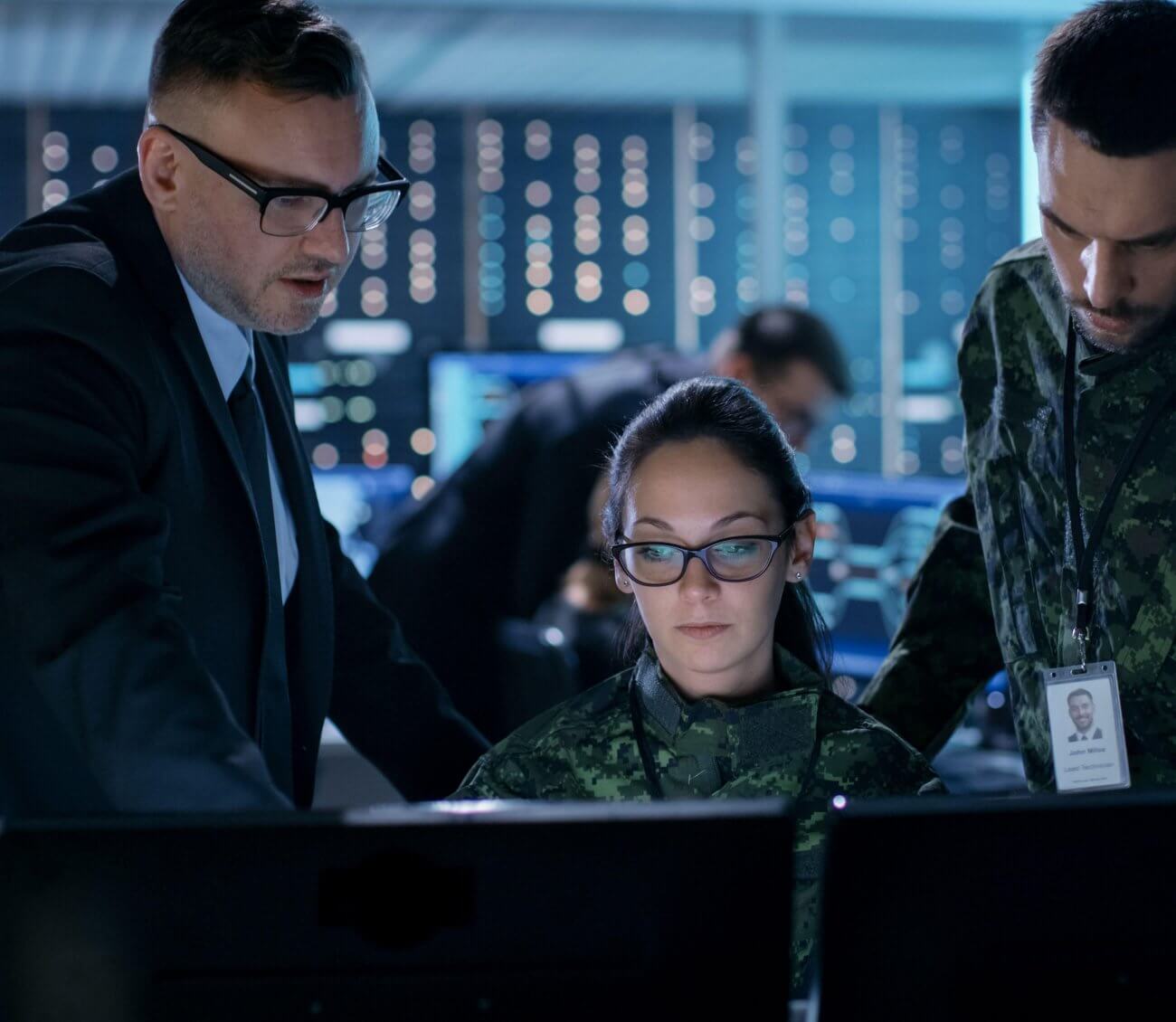A 3-D fictional nuclear facility, online training courses and a mobile app were on the agenda of a session dedicated to discussing the latest trends in nuclear security training at the 61st IAEA General Conference today.
“One of the IAEA’s jobs is to help strengthen nuclear security across the world,” said Raja Abdul Aziz Raja Adnan, Director of the IAEA’s Division of Nuclear Security. “The tools presented today were created to help States develop their capacities to further strengthen nuclear security globally.”
Inside a virtual world
From ‘inside’ the computer simulated grounds of Shapash Nuclear Research Institute (SNRI), delegates saw how specialists in training navigate through realistic scenarios to learn the ins and outs of nuclear security threats and risks.
“This virtual environment helps specialists deepen their understanding of nuclear security and get real-life skills without involving sensitive information or real facilities,” said Robert Larsen, a senior nuclear security officer at the IAEA. “It’s one thing to learn about scenarios in theory, but it’s quite another to see and work through them in 3-D.”
The tool can be tailored to fit countries’ training needs, and users can test and reset the environment to try different kinds of realistic scenarios. This allows users to learn what works well, what needs to be improved, and how to make it all fit within a budget. For now, the tool is focusing on training in preventative and protective measures against insider threats, but there are plans to expand to other nuclear security areas.
Connect to learn
The IAEA has been developing e-learning modules in nuclear security since 2010. There are now 16 modules focusing on four topic areas. They cover cross-cutting information like nuclear security publications and an overview of risks and threats, as well as more specific topic areas, such as nuclear security of materials and facilities, materials outside of regulatory control and information and computer security.
“These modules are designed to develop a learner’s understanding of nuclear security threats and risks,” said Ricky Hyungmin Seo, a nuclear security officer at the IAEA. “Users get an in-depth, comprehensive understanding of nuclear security to help them build their skills and prepare to handle nuclear security responsibilities in a range of contexts.”
The e-learning courses are intended for a wide audience, from professionals and organizations with nuclear security responsibilities. Each course takes between one to four hours to complete. So far more than 5000 people from 145 countries have finished these modules and earned completion certificates.
Going mobile to detect threats
E-learning is not just for nuclear security specialists in training: IAEA experts developed an e-learning module to help front line officers learn how to use sophisticated radiation detection equipment in combination with a new IAEA-developed mobile app called TRACE, the Tool for Radiation Alarm and Commodity Evaluation.
“Officers have a lot of data available, but the challenge is converting that into useful information,” said Charles Massey, a nuclear security officer at the IAEA. “That’s what the TRACE app does.”
TRACE is designed to help officers distinguish between alarms due to harmless amounts of naturally occurring radiation and alarms that might be a cause for concern from a security standpoint and warrant further investigation. It provides information on hundreds of commodities, their uses, and their possible naturally occurring radioactive material content.
“By using the app to quickly determine the radiological characteristics and uses of a material causing an alarm, officers can more effectively filter out innocent alarms and instead concentrate on the remaining unclear cases,” Massey said. Read about how TRACE is being used in Cambodia.
TRACE was the outcome of an IAEA coordinated research project involving experts from 20 countries to improve the assessment of initial radiation alarms.
Keeping computers and information safe
Nuclear security is not only about securing nuclear materials and facilities, but also securing information. Protecting sensitive information, including digital data, and the defence of computer-based systems and networks against malicious acts are critical components of nuclear security, said Donald Dudenhoeffer, Information Technology Security Officer at the IAEA.
“Today everyone uses computers, and each of us is a potential target of cyber-attack. We all need to build a better awareness of threats, risks, and how to stay protected. The same applies to nuclear security professionals,” Dudenhoeffer said. “With the help of the IAEA’s e-learning modules, all people with nuclear security responsibilities can develop that awareness and learn how to integrate information and computer security into an overall nuclear security plan.”
Two IAEA e-learning courses provide an introduction to computer security for nuclear security practitioners and a comprehensive look at cyber threats. These are complemented by additional online material, such as instructional videos, that, when used together, take users through a range of topics from information sensitivity and classification to cyber threat and risk assessment to incident response.
